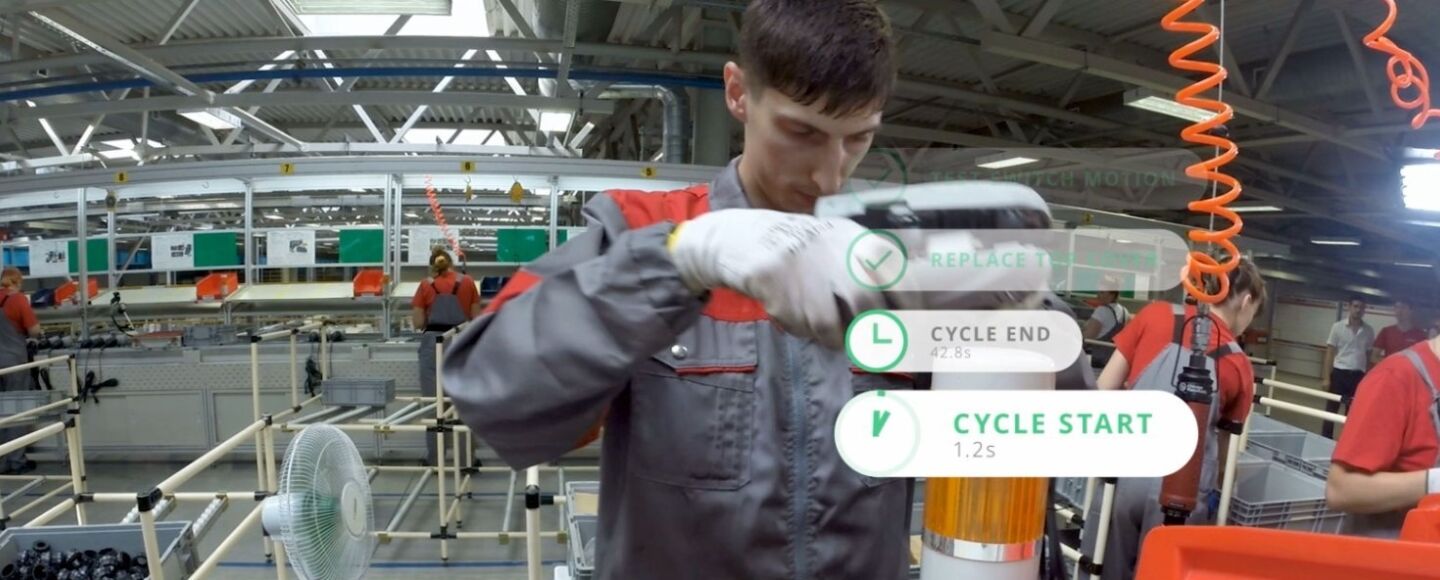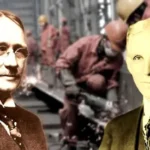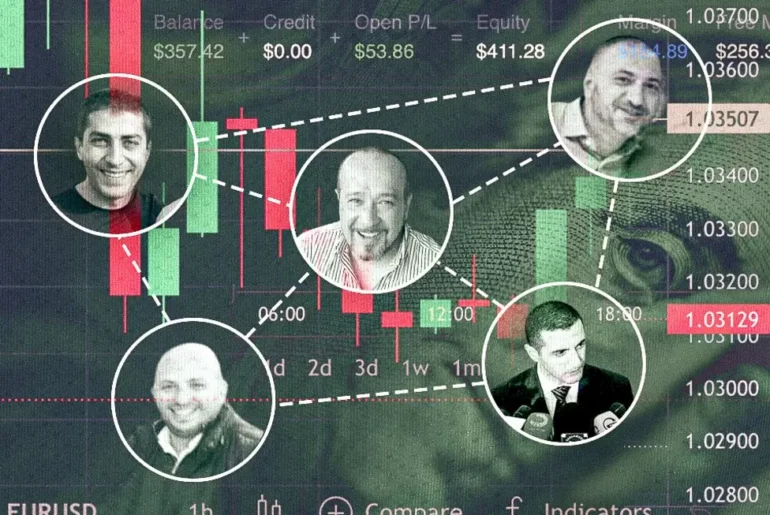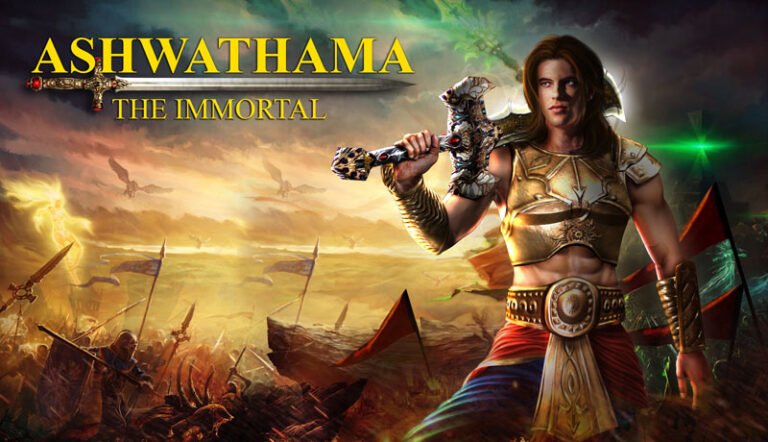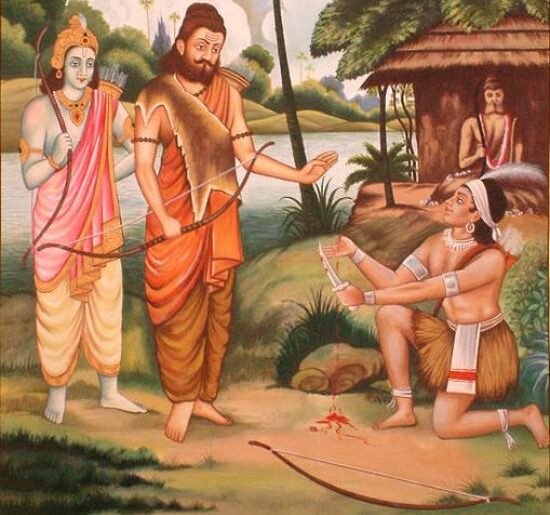(Originally posted on May 9, 2018 on the Drishti blog)
Manufacturing has two big secrets.
The first big secret is that, despite years of advances in robotics and automation, most factory work is still performed by humans.
Your smartphone provides a great example. You already know that it’s a digital connection to the estimated 5 billion other people who have cell phones. It just so happens that it also offers a physical connection to other people. A surprisingly large number of people, actually: probably around 100 of them, most likely in China, who built it for you in the factory.
According to Boston Consulting Group, only about 10% of factory tasks are performed by robots. This is certainly true in smartphone assembly, where the ratio of people-to-robots is, depending on the manufacturer, at least 50-to-1.
But while humans perform 90% of the tasks that make manufacturing a $12 trillion global industry, the techniques to measure their activities haven’t materially changed since the days of Henry Ford. These techniques are manual, time-consuming and impossible to perform at scale.
And this is the second big secret of manufacturing: for 100 years, human tasks have been almost entirely invisible to analytics.
If you can’t measure something, you can’t improve it. And if manufacturers think human productivity has reached its limits, no wonder they look to offshoring or automation.
Which leads me to what was, up until today, a third big secret in manufacturing: Drishti.
https://player.vimeo.com/video/268286924
Illuminating Industry 4.0’s biggest blind spot
For two years, I’ve been building a company. I started with an idea, partnered with SRI International as an entrepreneur-in-residence to flesh it out, and then joined forces with Drishti co-founders Krishnendu Chaudhury and Ashish Gupta to build Drishti into an amazing team of colleagues, customers and investors.
Today, we’re announcing our Series A investment with the newest member of our family, Emergence Capital, joining our seed investors Andreessen Horowitz and Benhamou Global Ventures.
Drishti’s mission is simply stated: “To extend human potential in an increasingly automated world.”
Achieving this, though, required inventing a new generation of technology to solve manufacturing’s 100-year-old problem.
Drishti is Sanskrit for “vision”. We chose this name because we’ve created what may be the world’s first commercial application of computer vision-based action recognition. (Compare this to object recognition, which is a solved problem; action recognition is a challenge that’s magnitudes more complex.) We’re using it to digitize human activities and provide visibility into what’s really happening on the factory floor.
But action recognition is a means to an end. What Drishti is really doing is creating a new dataset. One that enables true digital transformation for manufacturers—while simultaneously making line workers more competitive against automation.
Returning to the factory floor
Back in the 1990s, I was privileged to lead the General Motors team that created the world’s first collaborative robots and intelligent assist devices, working with distinguished colleagues from Northwestern, Berkeley and, later, Ford.
This work—which is now referred to collectively as cobots—advanced the state of robotics to safely amplify workers’ physical capabilities.
Unlike robots, which act autonomously and are distanced from humans, cobots are designed to work side-by-side with people. It’s a marriage of human cognition and robotic strength and precision. The category is projected to be a $12B market by 2025.
I left the manufacturing world in 2000 for Silicon Valley to try my hand at building companies. I got started by co-founding Spoke, the world’s first business social network, with an incredible group of innovators. (While we created social networks as a market category we, sadly, lost to LinkedIn.) Then I spent a decade learning the business of enterprise software.
But my heart remained in the factory. And my head remained on the unfinished problem I’d left behind: beyond cobots, was there an even more effective way to enhance human capabilities on the factory floor?
Think of Drishti’s answer as a judo move: we’re taking the technologies developed for robots—AI, computer vision and Big Data—and applying them to make humans more capable.
We believe that the true value of AI will be derived from human/AI collaboration. This collaboration will drive a new generation of products of all sorts, in all industries, through which AI works to enhance human capabilities.
We’re starting with the factory, where we aim to shatter the perceived limits on human productivity and quality on the factory floor. Which, we believe, can change the ROI calculus of the existing workforce and lead to a data-driven (and mutually beneficial) rebalancing of the mix among human labor, automation and offshoring.
An incredible family on an exciting journey
I’m in awe of the Drishti team. I say this with utmost sincerity, having worked with many amazing folks in the past. Dr. Krishnendu Chaudhury is a computer vision and machine learning pioneer who previously worked at Flipkart, Google and Adobe; and Dr. Ashish Gupta is a serial entrepreneur and investor with a history of entering spaces right when they’re poised to explode—such as Junglee (AMZN), Tavant, and Helion Ventures.
A number of people have already joined us on this journey: our current customers, who include global automotive and electronics manufacturers; the National Science Foundation, which backs us with a Small Business Innovation Research grant; and, of course, a world-class team of men and women in Palo Alto and Bangalore who have already advanced the technology from a prototype to a proof-of-concept to a full-fledged production system in an astoundingly short amount of time.
I’m tempted to close this blog out with innumerable thanks—to Surekha, my family, my friends, my colleagues at Drishti and SRI International, our customers, and countless others—but I’m going to avoid the temptation simply because I know I’ll forget more people than I’ll recognize.
I’ll leave it at this: it truly takes a village to build a company, and I’m deeply touched to have been on the receiving end of the time, energy and passion of so many dedicated, talented and caring individuals. Please accept my sincerest gratitude. And, wish us all the luck that we need!
Now, the real work begins.
Read more about the 100-year-old manufacturing problem.

